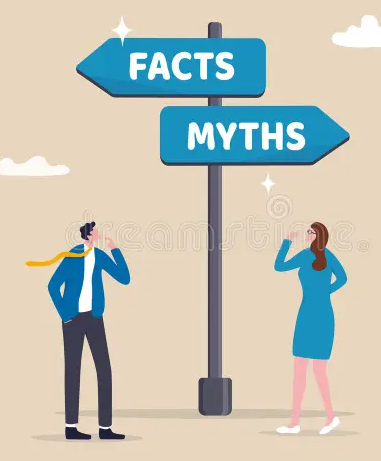
Why do seemingly normal, rational people defend narratives for which there is no discernable evidence? It’s illogical and dumbfounding. It’s also a reality distortion field that describes the complicated and divisive world in which we live. In 2016, Oxford Dictionaries deemed “post-truth” to be the word of the year. It was defined as “denoting circumstances in which objective facts are less influential in shaping public opinion than appeals to emotion and personal belief.” Officials in the then Trump administration claimed that “truth is subjective.” And the Washington Post lamented, “It’s official: Truth is dead. Facts are passé.”
Terms like alternative facts and fake news, now part of public consciousness, refer to just about anything people refuse to believe, regardless of quantifiable evidence to the contrary. Within our information ecosystem, where everyone now has access to “facts” they can confabulate and contort to confirm their views, we desperately try to find common ground. And we generally fail. Although surveys vary, somewhere between ten and 25% of the global population believe the earth is flat and that Australia doesn’t exist. While the brain takes cognitive shortcuts to eliminate unnecessary complexity, having the proof to support one’s proposition is surely a requirement for its validation. Apparently not.
Misbelief – when someone chooses to believe something that isn’t true – is the distorted lens through which some view the world, reason about it and describe it to others. It’s also a kind of emotionally confirming funnel that pulls them deeper and deeper into the absurdities they profess and want others in their tribe to accept and spread further. The antidote to this delusional preoccupation and denial of truth would be a willingness or capacity to contemplate multiple hypotheses, be skeptical while remaining open to possibilities, and not jump to implausible conclusions based on the self-serving notions of non-credible sources.
The difficulty with such a prescription is that, once we grasp onto an idea or a position, it requires a lot of mental acuity to openly challenge its accuracy and dismiss it. Skepticism is not the brain’s default mode – it takes far less energy to believe what is first received and easiest to understand. This is called the availability bias. The mind also has other reflexive tendencies – known as naive realism and motivated reasoning – that create supportive narratives around the conclusions it wants to reach. And reaffirm at every opportunity. When we don’t like the conclusion we seek, we rewrite the story to fit our prior convictions. When we don’t like the solution we prefer, we deny the problem existed in the first place. As a belief-acquiring and pattern-seeking machine, the brain prefers a bad theory, or even a conspiracy theory, to no theory at all.
Nonbelievers and misbelievers react to “official” information that comes from established institutions (like government), the scientific community or the mainstream media through a lens of deep suspicion and mistrust. They see themselves as being at the mercy of unpredictable forces they’re unable to control and look for ways in which what they’re told is likely false or misleading. This exacerbates the increasing stress they feel over their own circumstances, escalating frustrations and annoyances, and general lack of control in their lives.
As the doubt and angst build, it reduces their cognitive bandwidth to reason, plan, choose and make good decisions. They invariably respond to this downward emotional spiral by looking for easier ways to reduce the debilitating anxiety of feeling adrift in an increasingly uncertain, disruptive world. They look for simple explanations for what is happening to them, for easy black-or-white answers to their concerns and, more importantly, for someone to blame for the mounting problems they face. Because humans have always loved to have villains at whom they can point the finger when things go south. They help to explain the hardships.
Finding someone to blame for the bad things that happen to us in an ever mysterious, daunting world encourages us to draw moral lines and, at least for awhile, enables us to feel a sense of control over unpredictable and unintelligible events. Lacking a trustful, calming, authoritative voice in their heads to counter these ambivalent forces, they turn to those who seem to understand and align with their plight, simplify their grievances and offer a sense of connection. When we don’t feel we belong to a righteous cause, we experience the pain of ostracism.
Truth deniers are more likely found on the internet – a fount of non-credible sources who delight in offering answers that fit any narrative misbelievers might seek to embrace and advance further. Social media nurtures disinformation. And hallucinations from AI-generated content are not helpful. How can science, which is much slower, more disciplined and methodical, compete with these creative, disenfranchised, anti-establishment trolls who are unfettered by facts? The competition for the attention of confused, misguided or purpose-seeking souls needs a different kind of playbook and better skill sets.
The ongoing struggle between accuracy and truth on the one hand and false, exaggerated, wrong-headed and sensational claims on the other is not a fair fight. Fellow misbelievers offer their cult of followers much more – something or someone who can explain in simple terms what the problem really is and identify those who should be blamed, shamed and punished for what’s making their lives more difficult than they should be. That’s why non-truths are believed. Misbelief thrives in an era of mistrust.
